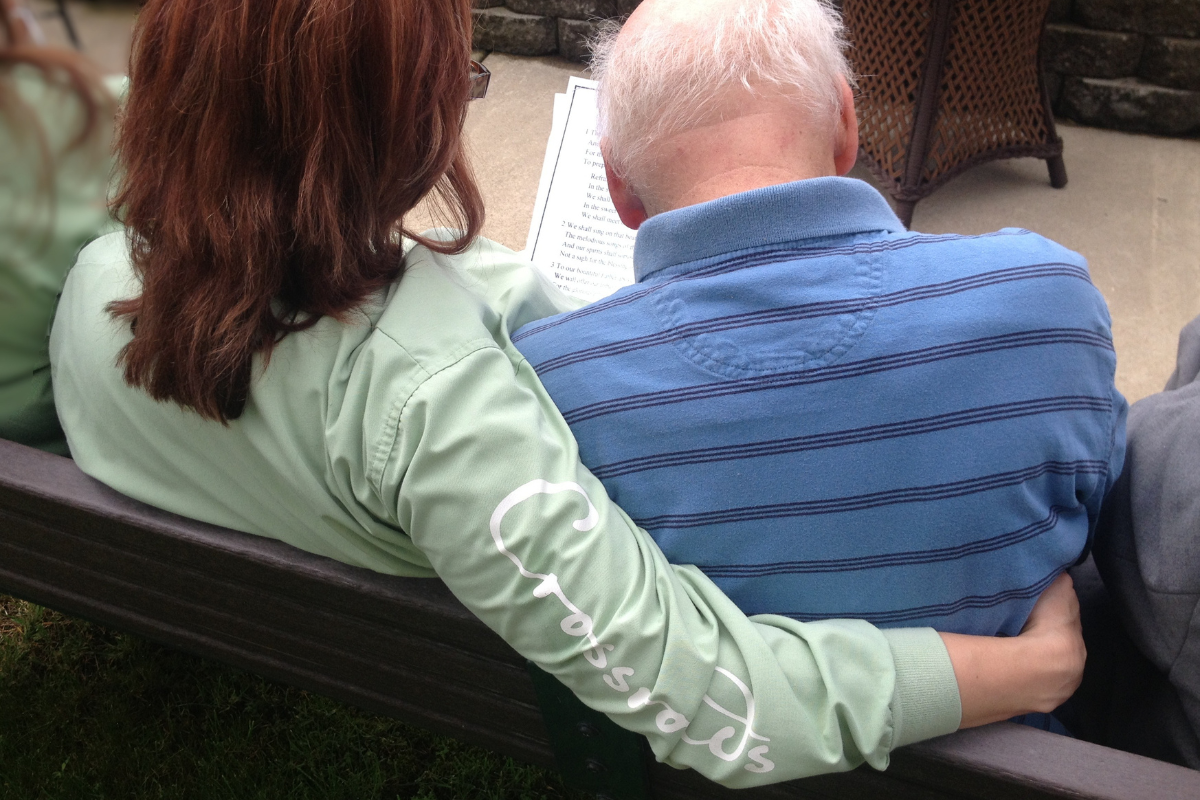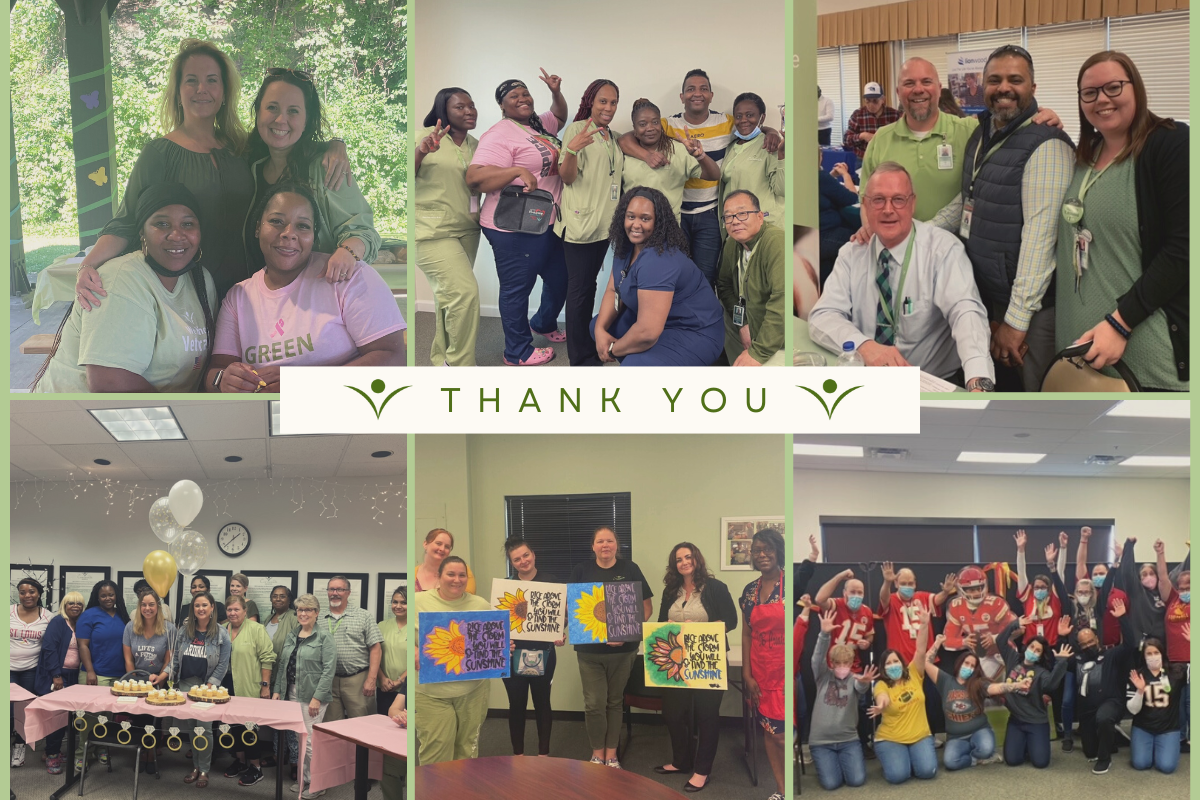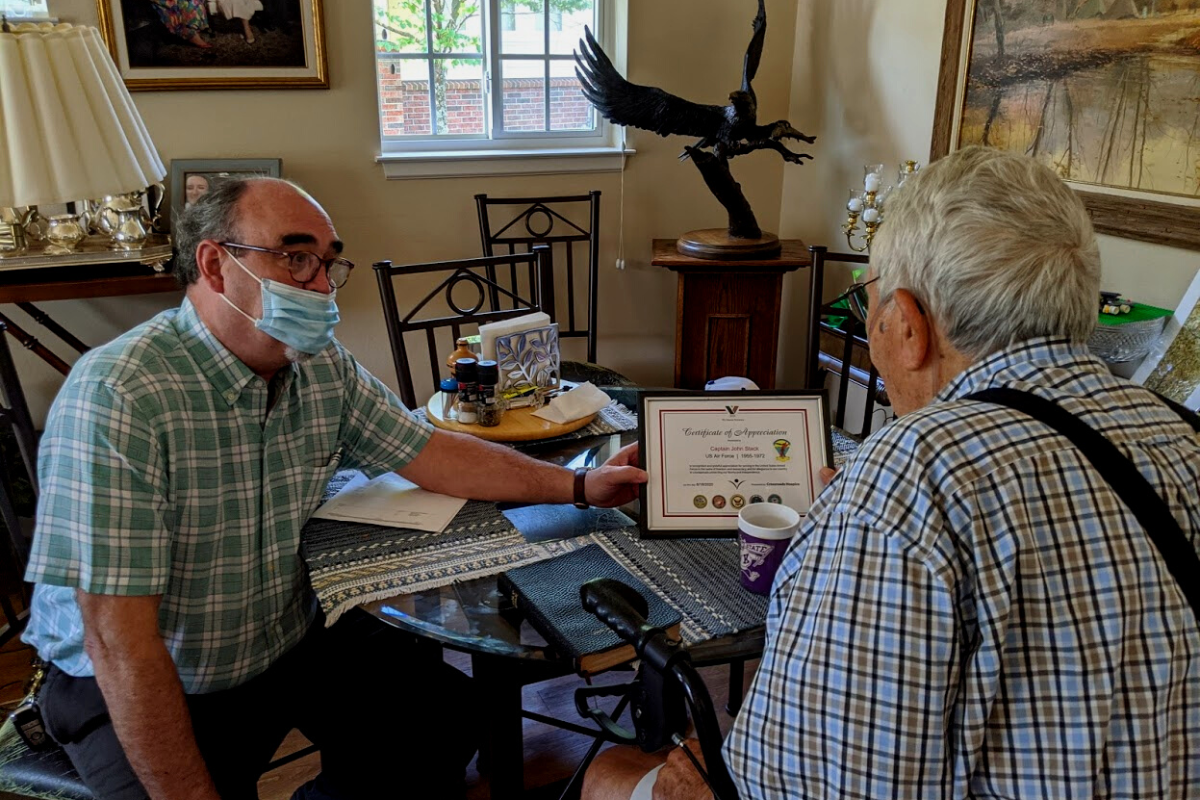Safety First At Any Age
 They asked at each appointment, on every form: How did the injury occur? “Dancing.”
They asked at each appointment, on every form: How did the injury occur? “Dancing.”
A little embarrassing. A lot humbling. The youngest of our group of friends was turning 50 and we celebrated by dancing the entire evening. The next day was spent reclined and iced. The pain improved, but didn’t resolve, and I had to do things differently because mobility was restricted. Three months later it was time for knee surgery.
Sometimes the universe gives us a wake-up call; a pointed reminder that things have changed and changing things is in our best interest. We welcome these changes early in life, the move to wearing high heels or getting a car for instance. These changes represent getting old enough to do something and the independence that comes with that function.
But when it comes to changes later in life, we often resist the sensible shoes or the new set of wheels when they come with a walker. Those represent getting older or having health issues and remind us that independence is still tied to function – and function has a new look.
I had to learn the hard way to transition with these changes, but here are some tips to answer the call of change and keep yourself and your loved ones safe:
Admit to new limitations. Recognize you can no longer do everything you used to. This will be hard, but if you and your loved ones understand what you can accomplish before you start, it will avoid risks down the road. Accepting new limitations means you might rethink the extent of activities.
Know when to stop. Once you’ve accepted new limitations, you and your loved ones also need to realize when you’re too tired to keep going. To make sure you know when to quit, start with an end-time. Tell yourself, “I’ll only dance for 30 minutes tonight.” By setting limits you control the expenditure of energy and effort. You may not accomplish all you hoped to, but boundaries will ensure you accomplish what you wanted to.
But, there’s more to staying safe as you age. According to the Centers for Disease Control and Prevention (CDC), one in every three adults age 65 and older falls each year, leading to broken hips or head injuries. Falls can happen because of physical or environmental reasons. Some medications or medical conditions, such as arthritis or congestive heart failure, can increase the likelihood of a fall. A medication review can determine if any side effects can affect balance, and a medical assessment can determine any issues with a person’s eyes or ears.
Accidents — and aging — aren’t avoidable, but we can make changes in our everyday lives to limit the risk of falls and injuries. Tips to help avoid falls include:
Increase physical activity. With a doctor’s approval, older adults can take walks, join water aerobics, or learn tai chi to stay active while improving strength, balance, coordination and flexibility. Prepare. By incorporating some safe stretching ahead of time, it can help both you and your loved one avoid an unnecessary injury.
Know the importance of footwear. Our feet carry us through life, and simply changing what elders wear on their feet can make a difference later in their lives. It is a good idea to avoid shoes that slip off easily (like backless clogs), that make balance more precarious (like high heels), or that do not provide much support (like flip-flops).
Take the time make changes where you spend the most time — at home. As a person’s abilities change with their age, the layout of certain rooms may no longer be safe. Often small and relatively inexpensive changes in each room can make a big difference. It is a good idea to go through the home and conduct a safety assessment of each room to find ways to lessen falls.
Look for dangers. Look around for tripping hazards, inside and out. Many home safety changes include simple ideas that can be done in an afternoon, like:
- Observe for uneven flooring and mark it so you know where it is
- Increase lighting
- Remove clutter and allow for wide walkways
- Tape down loose rugs
- Place a flashlight near stairs for nighttime use
- Install night lights
- Keep a lamp and telephone on the bedside table and pre-program emergency numbers
- Keep cords close to outlets; don’t overload outlets
- Invest in non-skid floors
- Replace knobs on doors, faucets and handles with easy-to-grip levers
- Add grab bars in the bathroom
- Replace standard toilets with comfort-height models
- Renovate the bathroom to include a hand shower with a seat
- Apply non-skid mats in tubs and showers
Take the time to make changes outside, too. Observe for roots, holes, uneven ground or rocks. When you find dangers, remove them. You or a loved one might consider using a cane or walking stick while walking on slopes and banks. If it’s possible, you can avoid those uneven locations altogether.
Lastly, but far from least, be sure to protect yourself and loved ones from emotional injury. With limited activity, it’s easy to feel left out. Talking, reminiscing, or being present to observe, allows us to still feel involved without detrimental stress on the body.
 Judy Waechter, RN, CRRN
Judy Waechter, RN, CRRN
Community Educator
Crossroads Hospice




